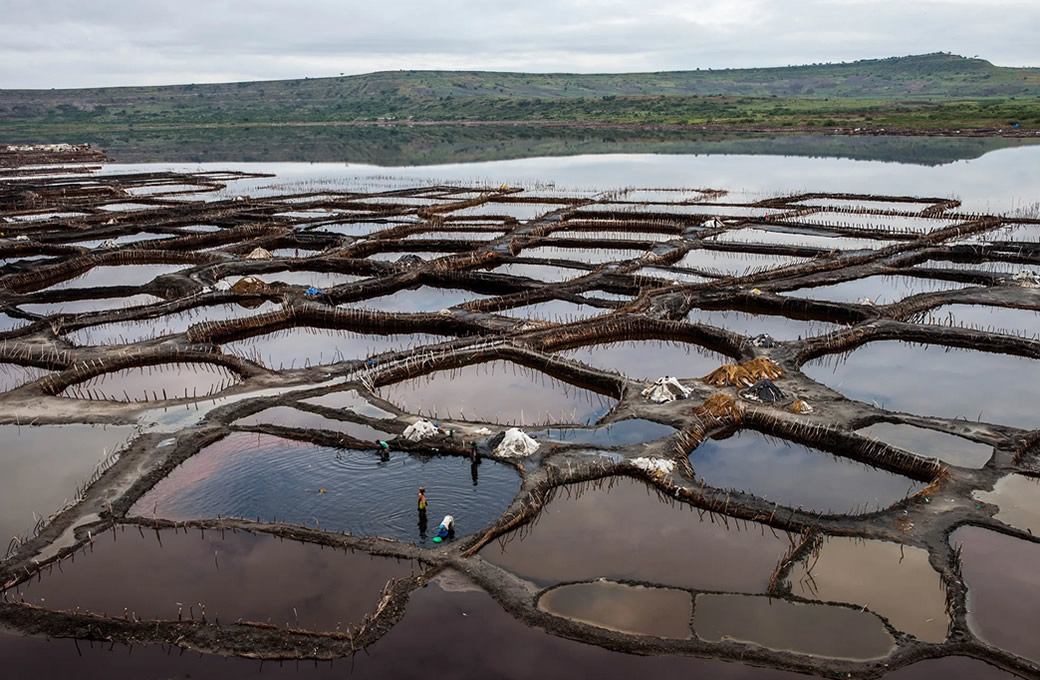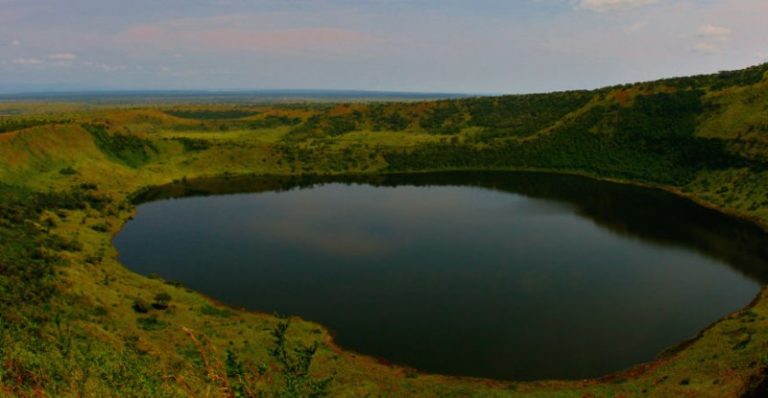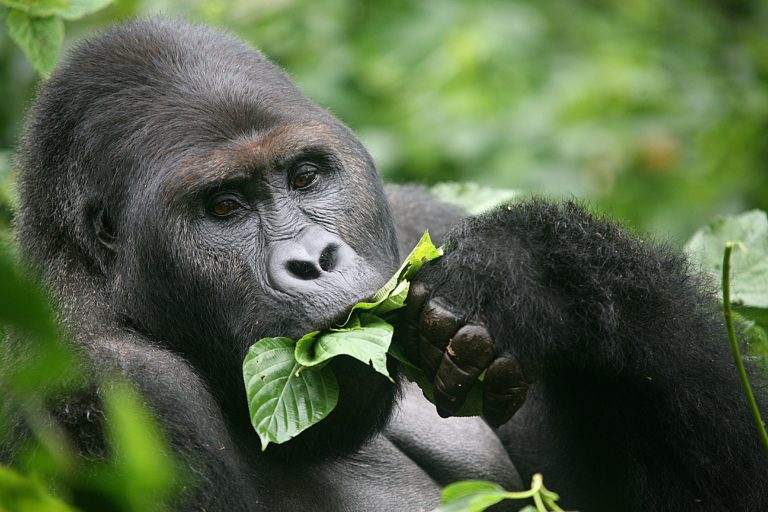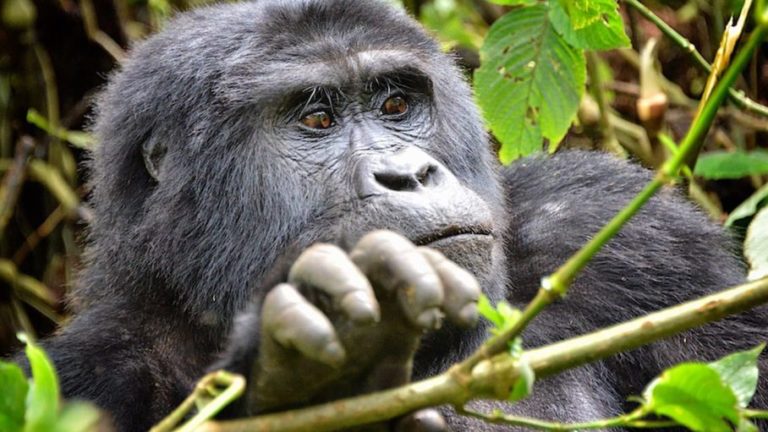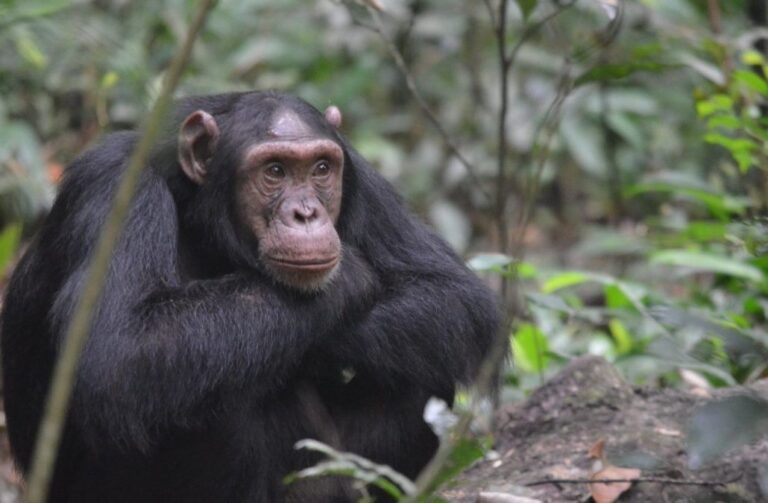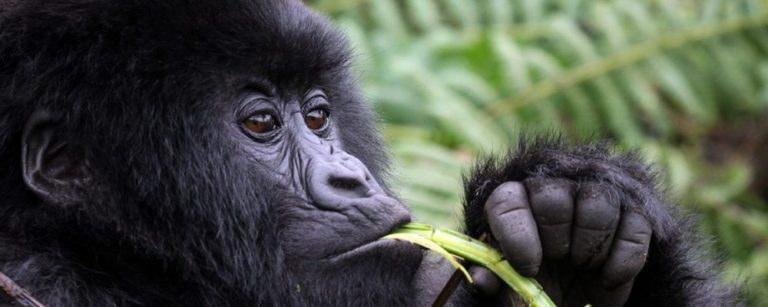Lake Katwe Crater
[vc_row][vc_column][vc_column_text]
Lake Katwe Crater and Salt Mining
Lake Katwe Crater and Salt Mining – Lake Katwe is a type of explosion lake located in Kasese, Western Uganda. Game viewing safaris in Queen Elizabeth National Park can be combined with Katwe Crater and Salt mining tours. Lake Katwe formed as a result of a violent volcanic explosion and this dates back to 8000 to 10,000 years.
Katwe Explosion Lake lies in the Northern Mweya Peninsula in Queen Elizabeth National Park. Katwe and Lake Munyanyange are located 5kms after Kabatoro village and salt mining is one of the main economic activities carried out here by most local residents. Other sources of income for local residents living in the adjacent communities include fishing ad your visit plays a significant role in their livelihood.
Katwe Lake and Munyanyange are two scenic Craters lying outside Queen Elizabeth National Park. There are guides to lead guests through their expedition at Katwe Crater and Lake Munyanyange is entirely an alkaline Lake, a great habitat for the lesser flamingos.
Lake Katwe is popular for its substantial salt production in Kasese. Katwe is among the many craters located in and around Queen Elizabeth National Park, Uganda. The Volcanic field occupies an area of 210sq.km. The craters do differ in their sizes, and they range from 3kms diameter to 100m in depth.[/vc_column_text][/vc_column][/vc_row][vc_row][vc_column][vc_column_text]

3 Types of salt mined at Katwe
There is edible salt also known as sodium chloride, unwashed and crude salt. The salt mining method includes evaporation, and the quantity mined is determined by the nature of the weather. The Katwe crater lake tour entirely involves exploring the process of salt extraction till it is ready for consumption. During the dry season, salt production is high that is from June to September or January to February.
Within the mines, there are wooden walkways visitors can follow. The highly crystalized salt is left for human consumption and the dirty muddy one is licked by cows. The process of salt mining is still ancient. The miners still use the 14th-century mining methods to extract salt. This includes the use of hands and simple tools for the overall mining process.
During mining, men extract salt from the base rocks and women extract it in shallow pans to mine the table salt. The salt pans are depressed in the ground along Katwe Lake ground to collect table salt and the pan’s walls are made of wood and mud. This is the stage to separate the salt from one another. Rudimentary methods still play an important part in the mining of Katwe salt. This is because of its strong concentration which modern machines can’t handle.[/vc_column_text][/vc_column][/vc_row][vc_row][vc_column][vc_column_text]
Other ideal activities to do besides salt mining at Lake Katwe Crater
- Bird watching especially at Lake Munyanyange where most of the migratory flamingos confine.
- Enjoy the Katwe women’s traditional dances and music performances.
- Tour the fishing villages
- Shopping craft products
- Craft making
- Game drives to see Queen Elizabeth National Park wildlife such as buffaloes, leopards, lions, antelopes, elephants, birds, warthogs, and others.
[/vc_column_text][/vc_column][/vc_row]

